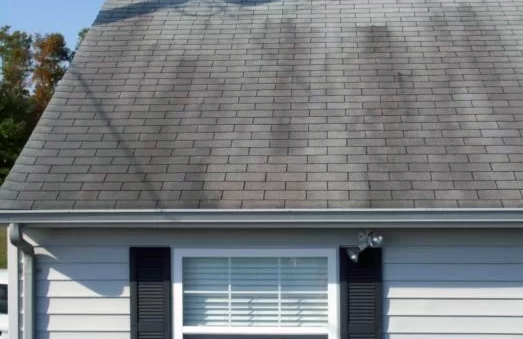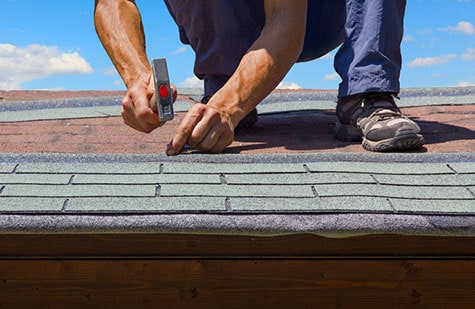There’s no doubt that attics are one of the most common areas for mold growth in our homes, but why is this the case and what can we do about it? An attic achieves ventilation by allowing hot air to rise and escape through the roof vent, which helps prevent mold growth, but this can be risky depending on the type of roofing shingles you have.
Over the course of the lifetime of a roof, mold tends to grow on the shingles. If left unattended, mold can ruin your shingles and cause significant damage, which may require calling off a roofing contractor.
The roof ventilation process is simple enough to understand. Here is everything you need to know about it.
What Is Roof Ventilation?
Roof ventilation is a process by which hot air rises through a roof vent and escapes through the roof. It’s essentially how a house cools down when it’s hot, and it’s why you should always keep your attic ventilator clean and clear of debris. You’ll find that your attic is much cooler without the hot air rising up through the attic, which can lead to mold growth.
How Roof Ventilation Works
Roof ventilation works by drawing air into the attic through the soffits and vents, which then surfaces and cools the attic through a vent in the roof. On hot days, hot air rises right through the attic and up into the vent, which then draws cooler air up through the attic and out through the vent in the roof.
Hot air rising through a blocked attic vent is a recipe for mold growth, so it’s vital to ensure your attic ventilator is working properly.
When the air inside your house is hot and humid, it can push up into the attic through ceiling and floor vents and cause your attic to become hot and humid, which leads to unpleasant living conditions as well as mold growth.
Roof Ventilation and Mold Growth
If your house is insulated, or if your attic has been insulated with fiberglass and cellulose, it will have a hard time ventilating hot air. A house that’s poorly insulated will also have a hard time ventilating hot air, but this process is not as efficient as a well-insulated house.
Roof ventilation doesn’t work very well in a poorly insulated attic, so it’s important to keep your attic ventilator clean to ensure that it’s not blocked by insulation.
Roof Ventilation and the Wind
Every day, the wind blows around dirt, leaves, and other debris, which can easily clog your roof vent.
Allowing this clogged debris to build-up can cause leaks and reduce the effectiveness of your vent, which can lead to mold growth.
The right type of roof vent can help keep debris out, which is why it’s a very good idea to ensure you have the proper roof vent.
Conclusion
Roof ventilation is an important aspect of keeping your house cool and preventing mold growth. If you want to avoid these problems and learn more about what you can do to improve your home’s ventilation, reach out to a trusted home improvement contractor today.
Cornerstone Roofing has all of your needs covered. We provide commercial roofing services in Indiana. Get in touch with us today to learn more.







